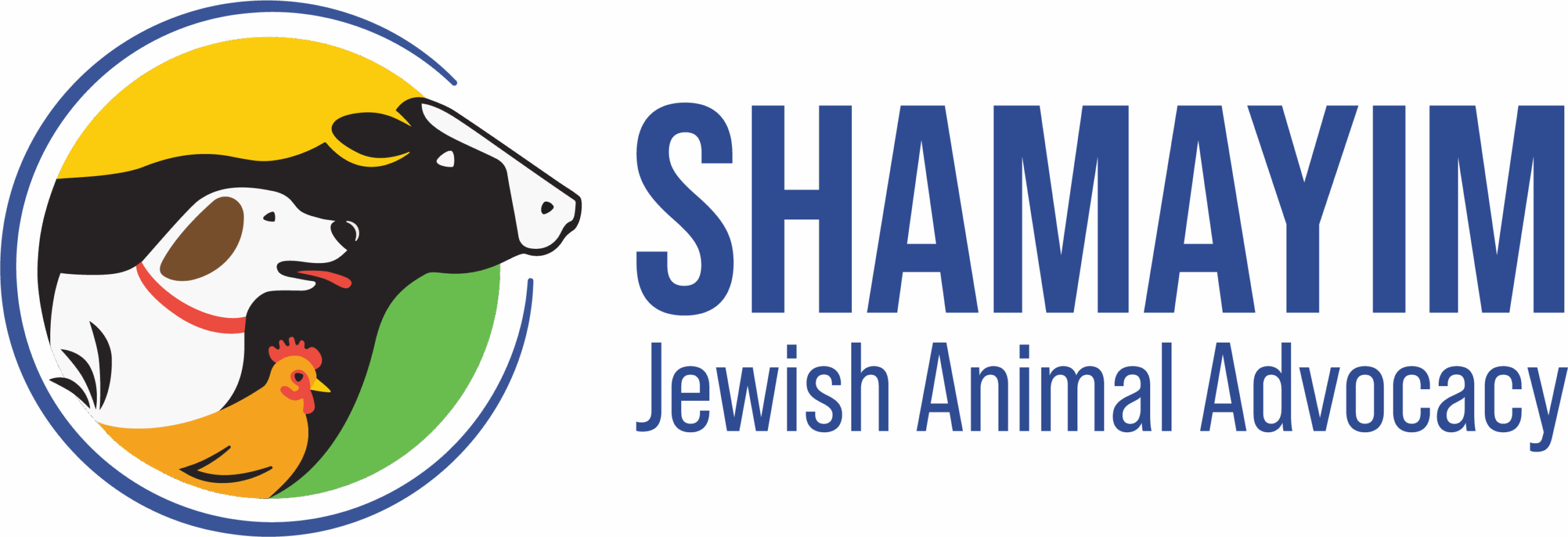By Rabbi Shmuly Yanklowitz
I’ll never forget one evening as I was walking home from synagogue. Out of nowhere, a huge dog broke loose from its owner and bit me.
For someone who has always loved dogs—and who grew up surrounded by them—this was a startling reminder that some dogs can in fact be dangerous.
Although it was frightening—it can’t compare to the tragic fate of 77-year-old Nancy Newberry, who was attacked and killed by a dog in 20141 in Phoenix, Arizona (my home town). The incident reignited questions about dog aggression, breed-specific legislation, and what measures society should take to prevent nightmares like this from ever happening again.
Is there a way to protect the public from attacks without stigmatizing an entire dog breed?
Confronting the Reality of Dog Attacks
The Phoenix incident captured national attention and forced many of us to confront the unsettling reality that some dogs can present serious risks. An estimated 4.5 million people in the United States are bitten by dogs each year, and over 800,000 of those bites require medical attention2. The numbers are way bigger than they should be.
There’s also the concern of transferable diseases like rabies, although widespread vaccination programs have made rabies from U.S. dogs exceedingly rare.
Breed-Specific Legislation
The dog involved in the Phoenix attack was a pit bull, a breed already at the center of long-standing debates over whether certain dogs are intrinsically more violent. Some reports state that from 2005 to 2021, pit bulls were linked to about 66% of dog bite-related fatalities nationwide—380 out of 569 total cases—while Rottweilers were tied to approximately 10%3.
On top of that, breed designations in reported attacks can be inaccurate up to 60% of the time—visual identification of mixed-breed dogs is notoriously unreliable4. So more often than not, these “dangerous pit bulls” aren’t pit bulls after all.
The figures have led hundreds of municipalities to enact breed-specific legislation, either banning or severely restricting pit bulls and other so-called “dangerous” breeds.
But is placing a generalized ban on particular breeds the best solution to preventing dog attacks?
The Truth: It’s Less About Breed, More About Ownership
It turns out that aggression has little to do with breed. Dogs that are involved in serious attacks are often unneutered males, live in multiple-dog households, and exhibit warning signs of aggression that owners fail to address. Research suggests that around 70% of reported dog bite incidents involve male dogs that have not been neutered5. Additionally, female dogs that aren’t spayed can attract aggressive male dogs.
The Phoenix tragedy, according to reports, occurred in a similar setting—there were multiple dogs in the household, the attack happened around feeding time, and the victim also had a pre-existing heart condition that may have contributed to the severity of the outcome.
Nature vs. Nurture
Of course, we need to take a look at environmental and ownership factors as well. There are no bad dogs… only bad owners.
Human influence plays a crucial role in shaping canine behavior. Consider the infamous Michael Vick case, involving dozens of pit bulls that were brutally trained for dog fighting.
In 2007, Michael Vick—former professional football player—was arrested on his property, where 51 pit bulls were seized6. It was documented that dogs not deemed aggressive enough after being beaten and trained were killed by shooting, electrocution, drowning, hanging, or being slammed to death on the ground.
Despite this severe abuse, the record of rehabilitating these dogs is a testament to the power of nurture over nature. Of the 51 abused dogs seized from Vick’s kennel, 22 were rehabilitated by Best Friends Animal Society and other rescue organizations, and 12 of those eventually found homes with families7.
While any dog can become aggressive under inhumane conditions, many can also be rehabilitated with proper care, training, and love.
Behavior-Focused Law
Organizations like the ASPCA and American Humane recognize this and support breed-neutral, behavior-focused laws designed to hold owners accountable for dogs that demonstrate aggression, regardless of breed8.
Some communities have even introduced “dangerous dog” ordinances that impose additional restrictions or requirements based on a dog’s individual history of aggression, not the breed.
Jewish Law on Dangerous Dogs
Jewish tradition anticipated these liability concerns long ago. In the Talmud, there is actually a Jewish law against owning a dangerous dog (Bava Kamma 79a).
One who does own a dangerous dog, however, must keep it tied in metal chains at all times (Shulchan Aruch, CM 409:3).
Even if they are no longer expected to physically harm visitors, they must be chained in case they cause stress-related damage such as a heart attack or miscarriage (Shabbat 63a).
There are consequences when one’s pet harms another, and at the end of the day, owners hold responsibility for the hazards their pets might pose. While this may read as if we are prioritizing humans over animals, we are in fact looking out for the animal by enforcing certain boundaries.
Balancing Compassion and Caution
Avoiding a potentially dangerous scenario should always be our number one priority. But that caution shouldn’t involve blanketed bans for so-called “dangerous dogs” and amplified negative stigmas of beautiful breeds like pit bulls.
Stricter oversight, clear community guidelines, and proper education about dog ownership can help ensure that early warning signs—like repeated aggression—are not disregarded until something tragic happens.
A truly balanced solution involves holding dog owners accountable for their pets. That is how we protect both man … and man’s best friend.
- AZCentral, “Phoenix Pit Bull Mauling.”
https://www.azcentral.com/story/news/local/phoenix/2014/03/15/phoenix-pit-bull-mauling/6464157/
↩︎ - World Animal Foundation, “Dog Bite Statistics.”
https://worldanimalfoundation.org/advocate/dog-bite-statistics/
↩︎ - DogsBite.org, “2020 Dog Bite Fatality Statistics Discussion.”
https://blog.dogsbite.org/2021/06/2020-dog-bite-fatality-statistics-discussion.html
↩︎ - Pit Bull Info, “Pit Bulls Statistics.”
https://www.pitbullinfo.org/pit-bulls-statistics
↩︎ - Forbes, “Dog Attack Statistics by Breed.”
https://www.forbes.com/advisor/legal/dog-attack-statistics-breed/
↩︎ - New York Post, “How Michael Vick’s Pit Bulls Changed Animal Rescue Forever.”
https://nypost.com/2017/07/08/how-michael-vicks-pit-bulls-changed-animal-rescue-forever/
↩︎ - HuffPost, “Michael Vick’s Dogs: ‘Vicktory’.”
https://www.huffpost.com/entry/michael-vick-dogs-vicktory_n_5119150
↩︎ - ASPCA, “Position Statement on Breed-Specific Legislation.”
https://www.aspca.org/about-us/aspca-policy-and-position-statements/position-statement-breed-specific-legislation
↩︎
About the Author
Rabbi Dr. Shmuly Yanklowitz is the Founder and CEO of Shamayim (Jewish animal advocacy), and the author of 22 books on Jewish ethics. Newsweek named Rav Shmuly one of the top 50 rabbis in America and the Forward named him one of the 50 most influential Jews. The opinions expressed here represent the author’s and do not represent any organizations he is affiliated with.





Leave a Reply